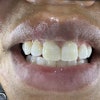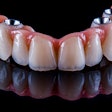
Last week on the 7 deadly sins of smile design, we journeyed through incisal edge position. Well, we dealt with half of it. Today, let's talk about what else matters. Knowledge is power, and the more you have, the more patients will show up at your practice asking you for big case dentistry.
If you really want to know how to transform your practice, here's the secret: having more qualified patients walk in the door.
You can pay a marketer to make that happen. However, honestly, it's the rare marketer that can walk his or her talk. So my suggestion is that you use your greatest asset -- and that's you. Let's also remember that you and your team are your greatest investment.
Now I'll hop off my soapbox.
If you missed it, last week we talked about anterior teeth dimensions in part 1 of our discussion on incisal edge position (the link is in the first paragraph). We talked about how little age plays into it, and we talked about the impact of upper lip length. If you didn't read it, go back and check it out. Alliteration aside, the lip length lesson is one we miss daily in dentistry.
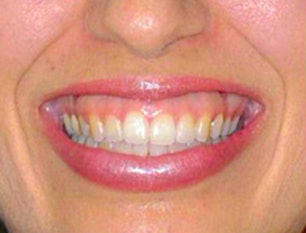 All images courtesy of David Rice, DDS.
All images courtesy of David Rice, DDS.Let's kick off with a win-win. Let's pretend this young lady walks through your practice door and sits in your chair. What are your first thoughts?
If you're like most, your thoughts went to a gummy smile, which makes perfect sense. It's what we were all taught. That said, the image below is the same patient with zero dentistry, per se.
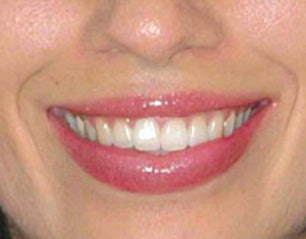
What did we do? Botox. That's it. This patient's teeth were always in the right spot. Her skeletal position was also on point. Her issue, however, was a hypermobile upper lip.
A crazy case, right? So where's the win-win? I have two, as well as a bonus for you. First, from here, we whitened and refined with clear aligners. Second, if your state allows it, this Botox win is easy to do. Here's the bonus: If your state does not allow it, you will solve the unsolvable. You will develop a real relationship with a plastic surgeon and see two-way referrals coming in for very cosmetically driven dentistry. I know this from firsthand experience.
Next up, an oldie and a goodie: speech. I love the image below for many reasons. For today, I like it as a reminder that form follows function. We know anterior teeth have three planes. Taking this picture consistently will help you see it, build it, and deliver it.
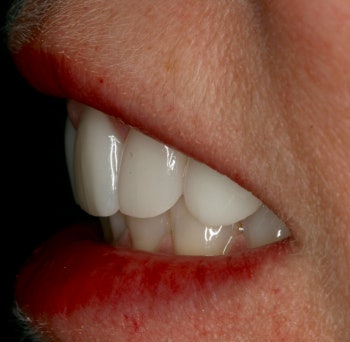
With that, when you have your patient live, remember back to your denture days as a third-year student. Have your patient count from 50 to 55. Watch the patient from this picture's perspective. When those incisal edges graze the wet-dry line of the lower lip, you're in business.
Next, take another page from your memory of removables and check 60 to 66. Those sibilant sounds will be music to your ears as the upper incisal edges graze by the lowers.
I'm hoping you're asking yourself on the sibilant side, "What do I do if I position my upper incisal edges where I want them and now I have interferences?" The answer is to add more teeth to the treatment plan.
Sometimes that means we have to enameloplasty the lowers. Sometimes that enameloplasty is a full equilibration. Sometimes it means bonding or veneers. Sometimes it means ortho. We always want to remember our first smile design sin (assumptions and why we should not make them). Get your patient involved. Show him or her what needs to be done. Educate him or her on the "why." You'll find far more patients want better. They just need to understand it's possible and what they're sacrificing when they don't.
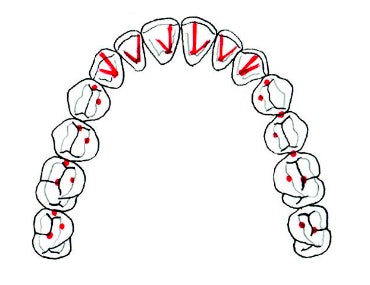
Let's think about this classic occlusion diagram and our need to understand which patients have simple occlusal demands where we can treat in maximum intercuspation (MI), and which patients have complex demands that require us to step back, take a breath, and learn to treat in centric relation (CR).
Either way, imprint this image upstairs as the most basic of occlusal principles to which to stay true. When your patient goes into anterior guidance and/or lateral guidance, he or she can't have posterior interferences. If the patient does, the beautiful dentistry you've just done will not last.
Friends, next week we're going to talk midlines and what really matters when we want to build great smiles that drive great brand presence in your community and take you to the next level.
The comments and observations expressed herein do not necessarily reflect the opinions of DrBicuspid.com, nor should they be construed as an endorsement or admonishment of any particular idea, vendor, or organization.

